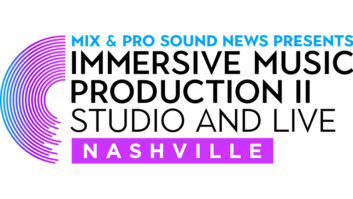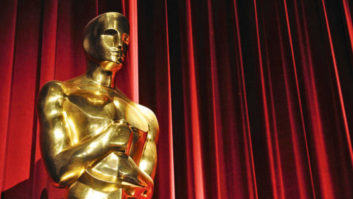Late last summer, I was invited down to the new DTS headquarters outside of Los Angeles for a look at what they were doing in upmix, downmix, 5.1, 7.1 and delivery over two channels. The Rocky Horror Picture Show had just come out on Blu-ray in discrete surround, with a Neural Upmix from the original mono and stereo source material. It was proving something of a calling card for their efforts in giving professionals the tools to deal with both new material and with catalog, and in giving consumers multiple options on playback. I met an impressive audio creative team that included code writers and executives with backgrounds in mobile delivery and cinema, and engineers and mixers who live for music. The demo in the company’s mini-home theater was equal parts feature film, games and live music performance. We concluded the two days at Stephen Marcussen Mastering in Hollywood, listening to 5.1, DTS-encoded tracks from the Trent Reznor score for The Social Network, mixed by Fred Maher and mastered by Marcussen at full-range 24-bit, 96kHz to be available in Blu-ray, audio-only. Stunning.
Then in early December, I was invited to a mostly consumer and technology press event at the San Francisco headquarters of Dolby. An array of consumer gear, from phones to high-end A/V receivers, was on display, and in a side conference room, Kevin Brennan, senior market manager for the PC segment, was showing a new set of tools to debut at CES that would make the home listening experience whatever the consumer wanted, optimized for IP delivery and decoded in the Dell laptop, with level normalization and a host of other features. After the meet and greet, we were all brought into the Dolby Theater for a premiere of the OK Go viral video sensation, “This Too Shall Pass,” remixed from the original tracks in 5.1. It may have had more than 40 million hits on YouTube, but this was the first time it had been heard in 5.1. Again, stunning. (Side note: The members of OK Go later performed on the same stage, just three guys with guitars, and damn were they good live.)
Later that month, smack dab in the middle of the holiday buying season, I saw a TV commercial for a new HTC phone,with HDMI port, touting Dolby Surround. And all the while, Mix technical editor Kevin Becka was singing the praises of the new facilities and the research being done at GenAudio in AstoundSound, and bringing up headphone-based products from Sennheiser, Monster, Beyer and many others. Something is going on here.
Whether it’s being driven by games, Netflix over IP or mobile downloads doesn’t really matter; surround audio is on a roll, and it is not tied to a physical medium. The flurry of products at last month’s CES show is a testament to the consumer side, where upmix/downmix and auto-detect functionality have matured to the point of not really being an issue on playback. And the professional tools to create a high-quality encoded bitstream are being made more accessible every day. Purists may argue for delivery of lossless, full-range 7.1 tracks, but consumers are just after the experience. And, as we see in Becka’s report in this issue on page 17, that experience is being delivered right here, right now, often over two channels.
The bandwidth is there, and the day is coming when consumers will simply click on their preferred delivery format and pay accordingly. There’s no reason that one of those formats shouldn’t be 5.1 or 7.1 music; the tools are there. No disc, no fuss. It may just be the last best chance for surround music.







